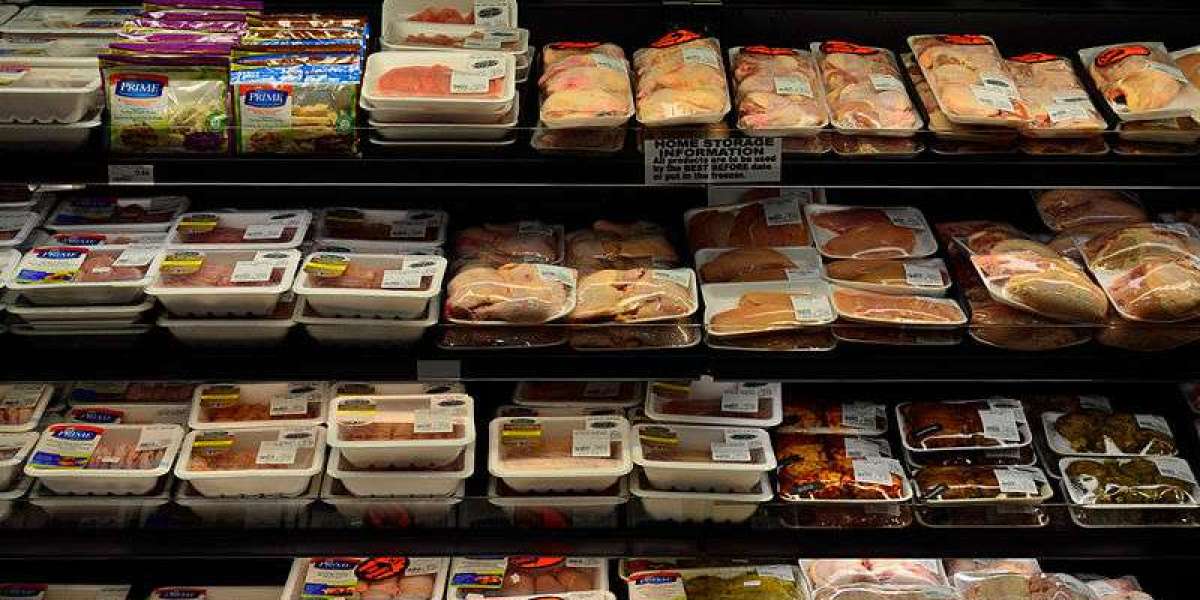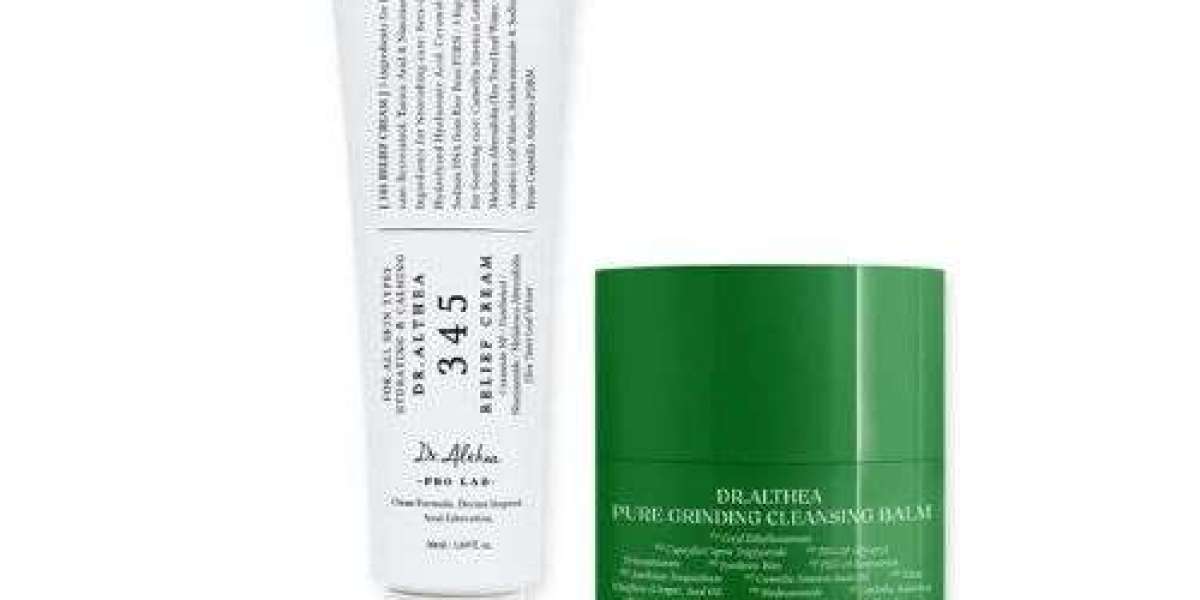The Packaged Meat Market continues to evolve, driven by consumer demand for fresher, safer, and longer-lasting products. Innovations in shelf life extension and preservation technologies play a pivotal role in this transformation. These advancements not only reduce food waste and enhance quality but also expand market reach by enabling longer distribution cycles. This article explores the latest preservation methods and technologies reshaping the packaged meat landscape.
Importance of Shelf Life in Packaged Meat
Shelf life is a critical factor in packaged meat, influencing product quality, safety, supply chain efficiency, and consumer satisfaction. Longer shelf life:
Allows greater flexibility in transportation and storage.
Reduces spoilage and food waste.
Expands availability to distant or emerging markets.
Improves retailer and consumer confidence in product freshness.
Achieving extended shelf life without compromising taste, texture, or nutritional value requires continuous technological innovation.
Traditional Preservation Methods and Their Limitations
Conventional methods like refrigeration, freezing, salting, smoking, and curing have long been used to preserve meat. While effective, these approaches have limitations:
Refrigeration and Freezing: Effective but energy-intensive and may cause texture changes or freezer burn over time.
Curing and Smoking: Impart flavor but involve added salt or chemicals that some consumers may avoid.
Chemical Preservatives: Widely used but face growing scrutiny as consumers prefer “clean label” products with fewer additives.
These limitations have driven research into novel preservation technologies that can extend shelf life while meeting consumer expectations.
Innovative Preservation Technologies
Modified Atmosphere Packaging (MAP)
MAP involves altering the gas composition inside packaging—typically reducing oxygen and increasing carbon dioxide or nitrogen—to slow microbial growth and oxidation. MAP:
Extends shelf life significantly compared to traditional packaging.
Maintains color and texture of meat.
Is widely adopted across fresh and processed meat products.
Vacuum Packaging
Removing air from packaging minimizes oxygen exposure, inhibiting aerobic bacteria and oxidation. Vacuum packaging:
Extends shelf life by reducing spoilage.
Preserves flavor and moisture.
Is often combined with MAP for enhanced protection.
Active and Intelligent Packaging
Active packaging incorporates components that interact with the product or environment to improve shelf life, such as oxygen scavengers or antimicrobial agents. Intelligent packaging can monitor freshness and provide real-time information to consumers or retailers via indicators or sensors.
These technologies improve product safety and transparency, enhancing consumer trust.
High-Pressure Processing (HPP)
HPP uses extreme pressure to inactivate pathogens and spoilage organisms without heat, preserving the raw characteristics of meat. Benefits include:
Extended shelf life while maintaining texture and flavor.
Reduced need for preservatives.
Increased safety and quality.
HPP is increasingly used in ready-to-eat packaged meat products.
Natural Preservatives and Clean Label Solutions
Driven by consumer demand for natural ingredients, manufacturers incorporate plant extracts, essential oils, and fermentation-derived compounds with antimicrobial properties. These natural preservatives:
Extend shelf life organically.
Meet clean label requirements.
Often enhance flavor profiles.
Advances in Cold Chain and Storage Infrastructure
Technological improvements in cold chain logistics complement preservation innovations by maintaining consistent low temperatures from processing to retail:
Real-time Monitoring: IoT sensors track temperature, humidity, and handling conditions, ensuring optimal storage and reducing spoilage.
Improved Refrigeration Technology: Energy-efficient, precise cooling systems maintain ideal conditions.
Automated Warehousing: Streamlines inventory management and reduces exposure to fluctuating conditions.
Robust cold chain systems are essential to fully realize the benefits of advanced preservation methods.
Impact on Market Expansion and Consumer Experience
Extended shelf life and better preservation technologies enable:
Broader Distribution: Packaged meat products can reach distant and emerging markets without quality degradation.
Reduced Food Waste: Longer shelf life helps retailers and consumers minimize losses.
Enhanced Convenience: Consumers benefit from fresher products with longer usability at home.
New Product Development: Technologies like HPP enable innovative ready-to-eat and minimally processed meat products that meet evolving consumer preferences.
Challenges and Future Directions
Despite these advancements, challenges remain:
Cost Implications: Advanced technologies like HPP and intelligent packaging can be expensive, potentially increasing retail prices.
Consumer Acceptance: Some consumers remain cautious about novel technologies or packaging materials.
Regulatory Compliance: Emerging technologies must meet food safety and packaging regulations globally.
Looking forward, continued research is expected in areas such as biodegradable active packaging, integration of blockchain for traceability, and hybrid preservation techniques combining multiple technologies for optimal results.
In conclusion, innovations in shelf life extension and preservation technologies are revolutionizing the packaged meat market. By enhancing freshness, safety, and convenience, these advancements support market growth and meet the demands of increasingly discerning consumers worldwide.







